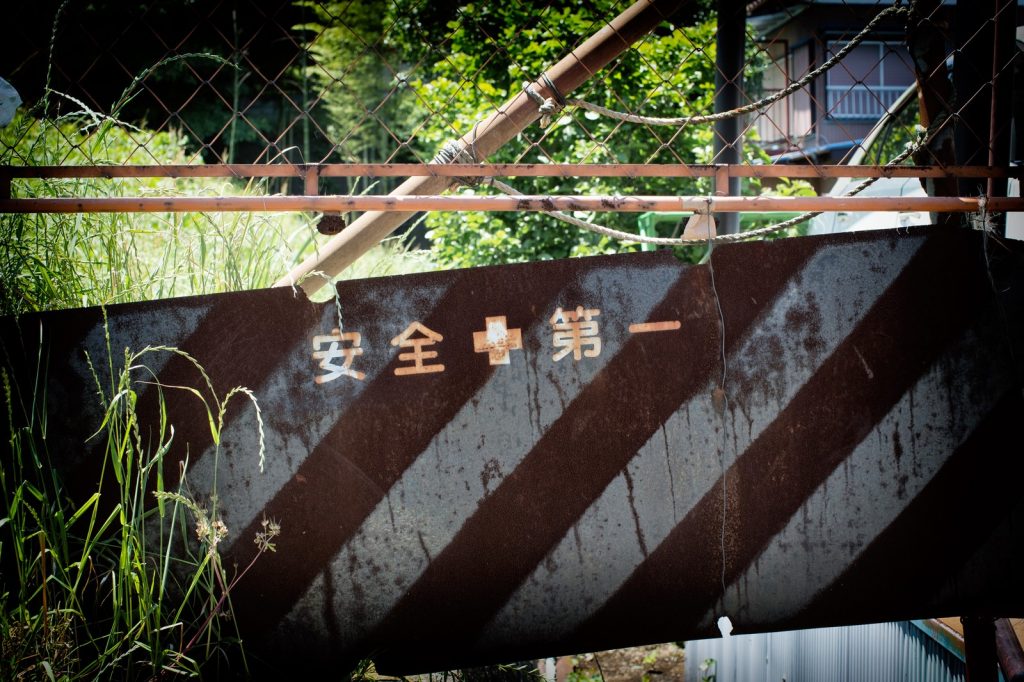Concept of safety category for maintaining functions
Safety categories are named “safe”, so it tends to be confused with “safety”, but it is not.
Safe Name of robustness / tolerance level that you can maintain function .
The safety category is the degree of “strength of maintenance” of “safety function”.
Therefore, the safety function (safety) is another problem.
The way of thinking is “function preservation” , which makes it a very useful reference other than safety functions.
I would like to talk about it this time.
Concept of Safety Category
As I mentioned briefly earlier, the safety category is a level of robustness and durability that “safety function” can be maintained.
This way of thinking can be thought of as a control as well, if it says either, it becomes the way of thinking of the robustness and tolerance of the function on the hardware side.
It is also related to risk assessment “probability of injury” , lowering the risk level of risk assessment Also useful.
The way of thinking is consolidated in hardware reliability “functional reliability” to maintain quality of product function It will be a story to do.
If constructed in the same way as this safety category, the robustness and durability of the functions normally used are also similarly raised.
Therefore, it is possible to use it for safety other than safety, to maintain the function.
Categorization
The level of function maintenance (category) explained, can be easily divided into the following five.
· Category B
· Category 1
· Category 2
· Category 3
· Category 4
The lower you go, the more robustness and tolerance will be.
These are based on safety category classification and the necessary requirement ISO 13849-1.
Next, I will explain how it is organized by category.
Categories can be divided into 5
Category B
Normally, the desired function can be realized . (Level at which the safety function operates)
It becomes a series of flow with “input → function → output”.
If something happens, the function will be a level category that stops the operation.
Therefore, category B does not hold as a circuit for maintaining safety functions.
Let’s design it as intrinsically safe (safety is fundamentally established before safety functions are necessary) as safety.
Category B can not be used to maintain safety function
Category 1
satisfy the condition of category B and using the examined component , safety is obeying the safety principle .
Just like Category B, “Input -> Function -> Output” and flow will be together.
What are the examined components
· High reliability and reduced fault possibility
· Certainly operating in the safe direction in case of failure
· Things that have been widely used for safety
Category B + It is a way of thinking of using reliable parts.
Category 1 is to use the examined components
Category 2
satisfy the condition of category B and have inspection function , safety is safety It follows that principle .
“Input -> function -> output” and the flow of flow are the same.
Moreover, “inspection function” is added form.
Inspection function is a function to check manually or automatically whether the function is maintained at an arbitrary timing.
Based on the inspection result, we decide whether to operate.
Category 2 added inspection function
Category 3
または、
satisfy the condition of category B and have monitoring function , redundancy Dual circuit) , safety is Safety principle .
“Input 1 → Function 1 → Output 1”, “Input 2 → Function 2 → Output 2” and the flow of operation is divided into two lines.
Both functions are the same.
From category 3, it is considered as a very important part and thus it is necessary to make it “redundant” (duplicated).
“Redundancy” is a circuit or system that operates without problems even if one of the functions is duplicated and the other remains even if one of them fails.
This is a very good method as a way to increase functional reliability.
However, the cost is double that amount.
Also, since there is a monitoring function, it can detect when a failure occurs.
Category 3 does not guarantee until multiple duplicate failures (accumulation of failures).
Category 3 redundancy and monitoring function
Category 4
It is the same as Category 3 as a circuit.
satisfy the condition of category 3 and tolerance to failure accumulation .
As with category 3, the flow of operation is divided into two lines as “input 1 → function 1 → output 1”, “input 2 → function 2 → output 2”.
The function of both systems is the same.
What is tolerance to failure accumulation
· Detect if a single fault occurs when the function is executed or when a fault occurs
· The function is not compromised by multiple duplicate failures (accumulation of failure)
Categories 3 and 4 are constructed in the same way in important parts such as airplane system and bank system system.
Think about similar places where you can not miss as a function.
Category 4 further improves resistance to category 3
Like these, the same idea as the safety category is very useful for maintaining the function.
It is necessary to think about how to maintain the function at design time.
Please respond according to the situation.

